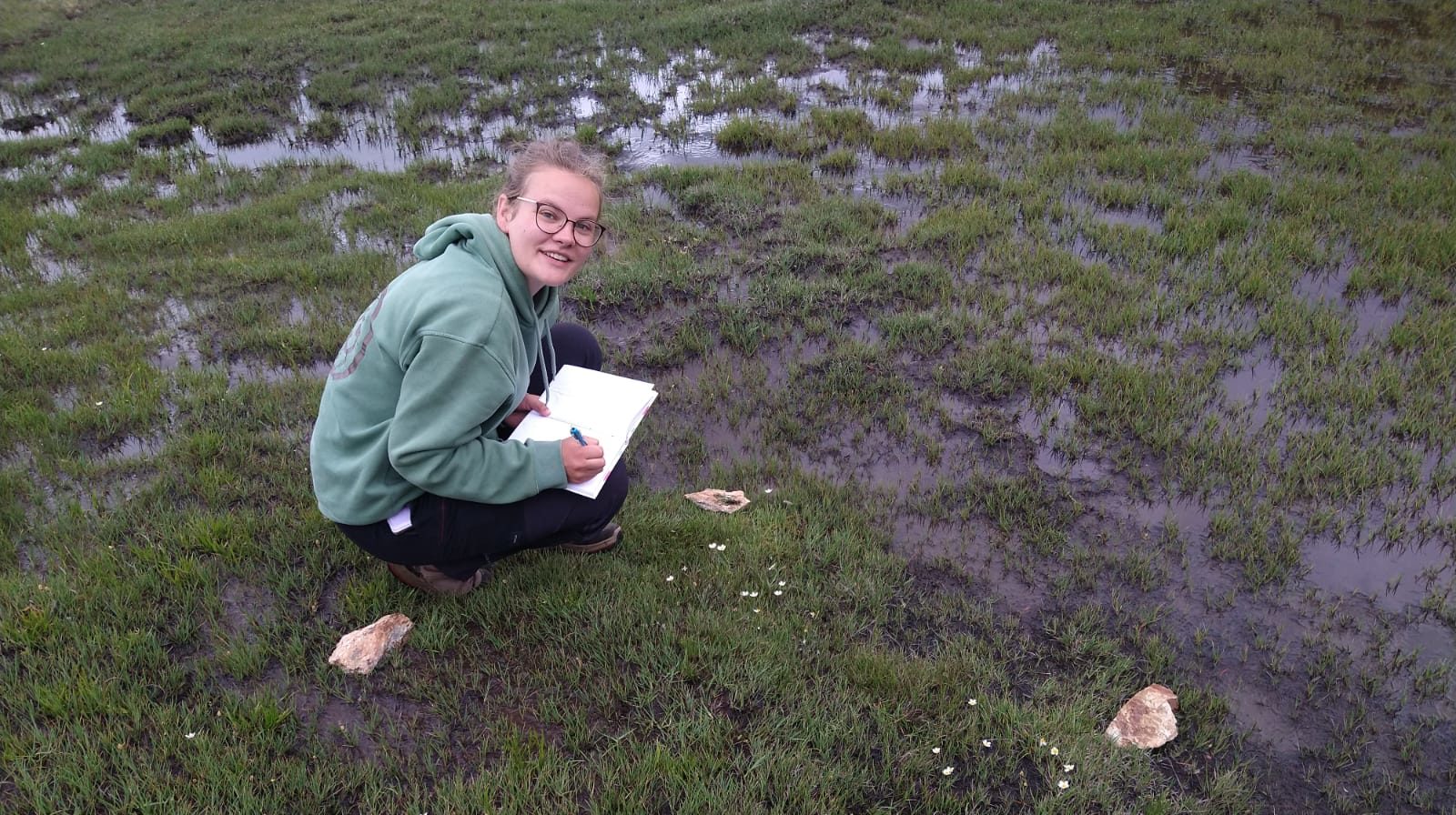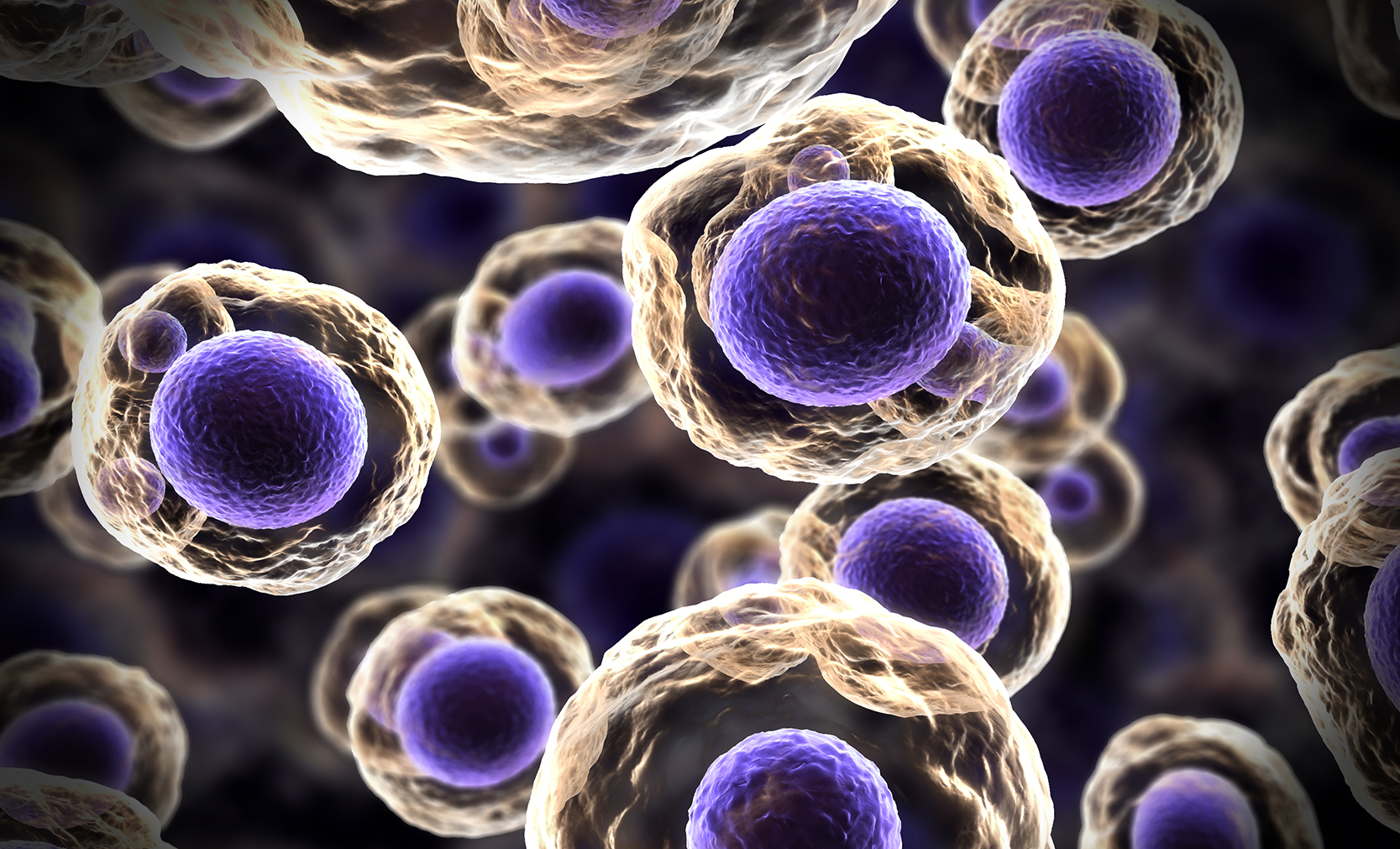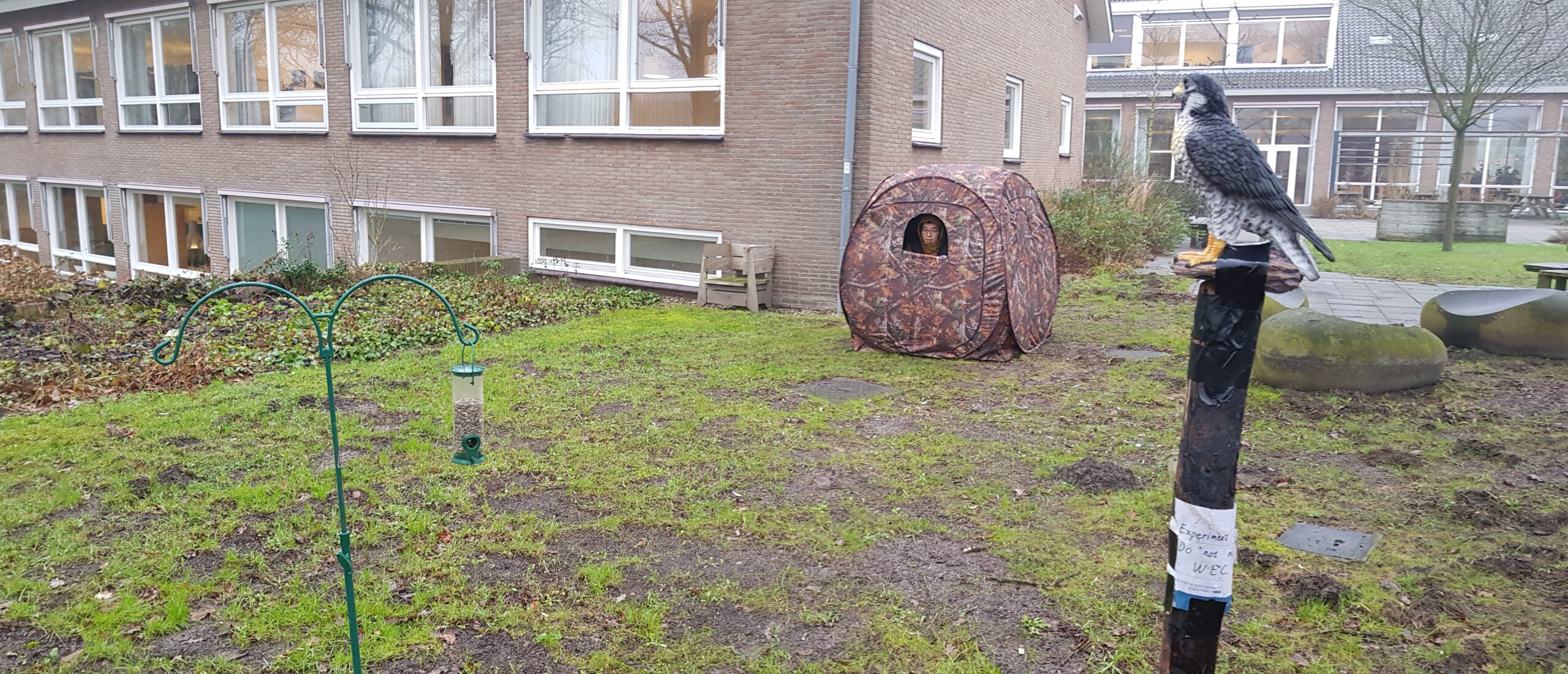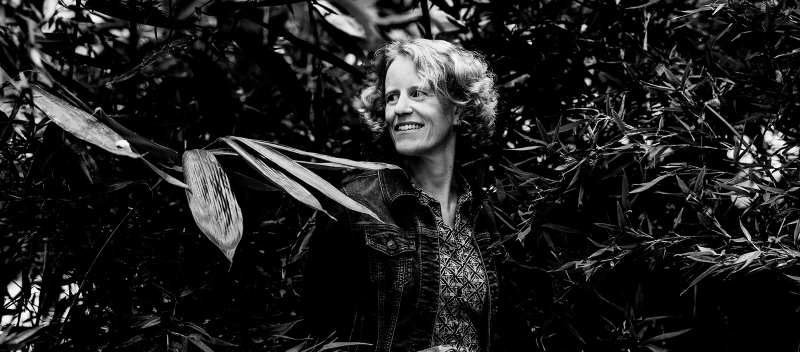The first week of the excursion has passed when Postema finds the time for a call. ‘We have just switched locations. We were near the coast at Tuchan during the first week. The environment is beautiful, and the accommodation was excellent, with delicious food. We have now arrived in Bolquère, our second stop, which is located higher up in the mountains. The food is not quite as good, but there is an unlimited supply of wine. For some of us, that takes some getting used to, but on the other hand, the hangover disappears quickly in the fresh mountain air.’
The students have the afternoon off after relocating to Bolquère. ‘I scouted the surroundings, and my mind went into “biology mode” instantly. I was classifying plants before I knew it.’ Two excursions were planned for the following day. ‘Today, we went to the most beautiful spot so far in a gorgeous valley. My pace was a little higher than the rest, so I could take breaks frequently, waiting for the others to catch up. Taking in the breathtaking scenery on such breaks is wonderful. Despite being constantly busy, it is so beautiful here that you can’t help but enjoy it.’
Wimereux
How intensive is the field trip? ‘Biology students always compare it to Wimereux, an excursion to the north of France. That trip is really intensive, because there is less time. Here, the atmosphere is more relaxed, because you have two weeks to learn everything. But there are individual differences. For some, it’s like a vacation, while others are already getting stressed over the exams.’ The programme is quite full, says Postema. ‘During the daytime, we have excursions, or we work on our own research project. Officially, there is only one free day on the programme: the self-study day before the exam.’
However, there is time to relax after dinner, Postema says. ‘Sometimes we take a walk, and on two evenings, we set up a large white screen and lamp to search for moths. These are optional activities in a relaxed atmosphere for those who are interested. We also spend time playing games and having a drink on the camping terrace, or we play foosball or table tennis. Everyone has a good time.’
Snow
In addition to the excursions, the students also have their own group research projects. ‘My group is studying the effect of snow on biodiversity above the treeline. However, there was less snow last winter, and before that, there was a long dry spell, so the region is rather dry. We hope to find some snow at an altitude of 2300 metres. Otherwise, we will just have to climb a little higher. We have decided to create two plots: one where the snow has recently melted, and one a little further where the snow has been gone for quite a while. We can see if the plots show differences in the biodiversity of plants and insects. I’m curious.’
Additionally, Postema has her own project: collecting plants. ‘I started doing this through the course Biodiversity of the Netherlands. We have brought presses, paper and cardboard, so I can press and dry the plants I collect during excursions. That is really something I enjoy.’

 Leonie Postema during fieldwork in the Pyrenees. Photo Doris Verlinden
Leonie Postema during fieldwork in the Pyrenees. Photo Doris Verlinden 

